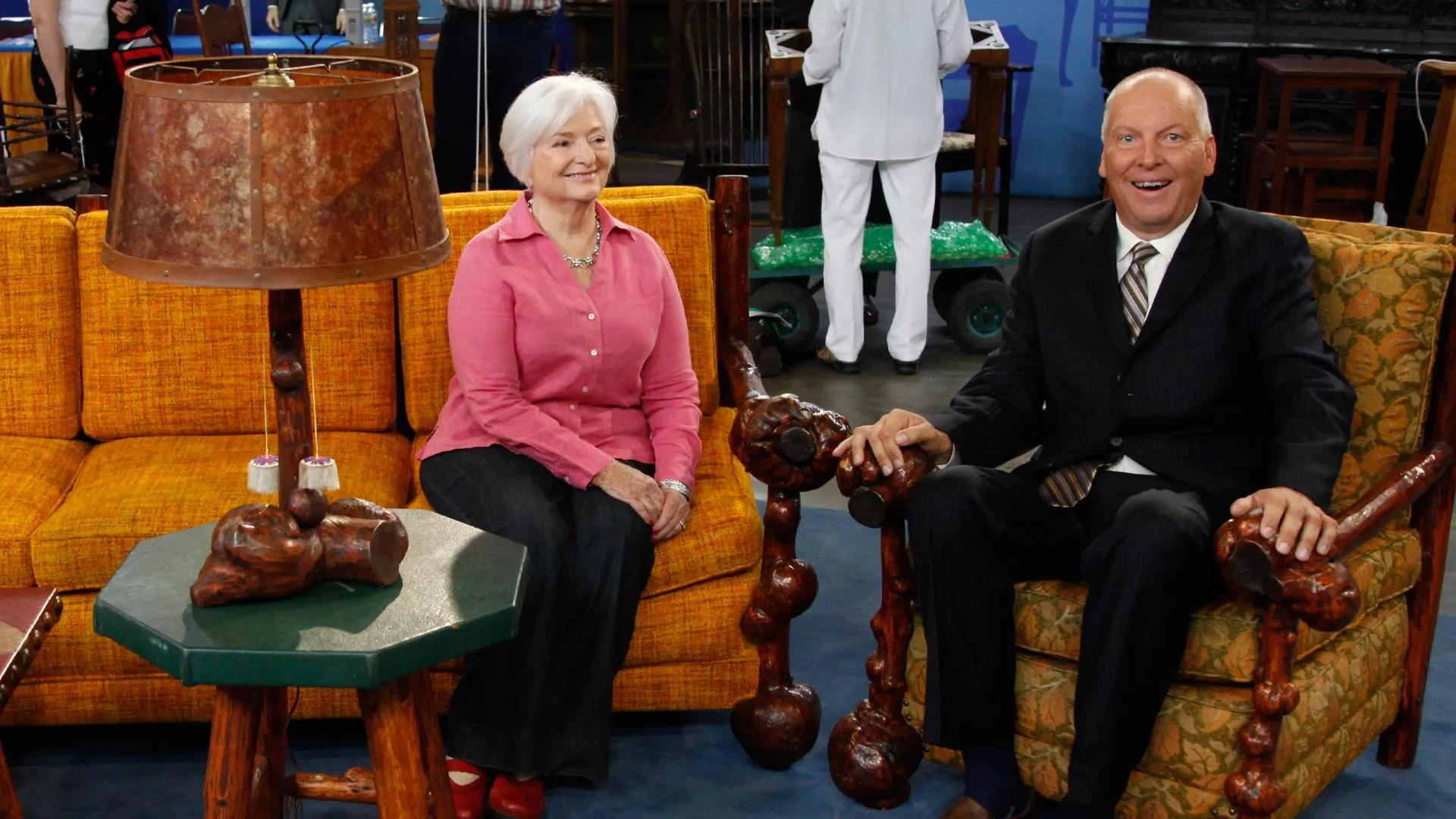GUEST: This is my grandmother's hide tanning kit. My grandmother lived on the Cheyenne River reservation. She is Lakota. English was her second language. She was a fluent Lakota speaker. And she used them all of her life. And then when she was finished using them, she gave them to my mother. Now they're mine, I love them, but I have not used them myself.
APPRAISER: Most of these hide tanning tools look to be well into the 19th century to me, which is interesting. So probably her mother might have handed them down to her. Tanning hides in the 19th century was probably the most important thing a Lakota woman could do. They were... their status was all about how many hides they tanned. These are made from elk horn, and they're called elk horn hide scrapers. These look like tally marks on this one. Often they'd put a little mark for every hide they scraped. She scraped a lot of hides with that one. That one, it's got what appears to be a couple hundred hide marks. The blades over by you, they would have been tied to the top of these with raw hide, wetted raw hide. And then when it hardened, it made a really nice tool to scrape the buffalo hides with. This looks to be one you would hold with both hands. It's quite old, and looks like it's coming apart at this point. This is a, probably, an old Northwest trade gun barrel that they used to convert and pound down to a chipped edge like that, a serrate edge, and use for a double-handed scraper also. These are quite wonderful, and sometimes were passed down for decades and decades. The hide looks to be buffalo hide on that too. So that could date well into the mid-19th century.
GUEST: Sure.
APPRAISER: It's pretty scarce. You don't see many kits like this. At auction, we sell things like these hide scrapers for $300 or $400. And this one would probably be worth $500 or $600. But as a collection, an heirloom collection like this, I would think at auction it would probably sell for about $4,000 to $6,000.
GUEST: Oh, hmm...



